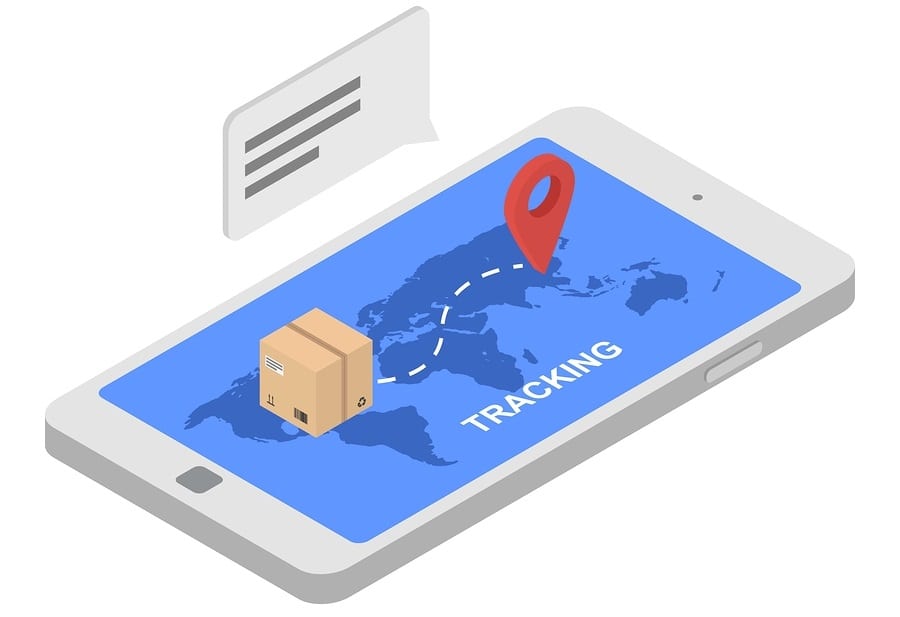5 Common Mistakes in Shipping (And How You Can Avoid Them)

It’s unavoidable, of course, but it’s more than that. Shipping is an essential thread that tethers you to your customers. When you do it correctly, they’ll appreciate what you have to offer. Do it incorrectly, though, and it can damage the customer experience.
If you want to improve your shipping experience and get customers raving about your products, you must avoid some common shipping mistakes that can hold you back.
With that in mind, here are a few things to watch out for, and some tips on what to do instead.
5 Disastrous Shipping Mistakes You Can Avoid
Whether you’re new to the world of ecommerce or you’ve been running your company for years, avoiding these troublesome shipping mistakes is essential.
1. Shortchanging Customers on Shipping Options
Today, one of the most common mistakes ecommerce companies make is offering too few shipping options for customers. In some cases, these vendors are sacrificing benefits like speed and flexibility so they can provide sought-after free shipping. While that seems like a customer-minded approach, it can do more harm than good.
Although it’s true that customers love free shipping (90% say it’s their top incentive to shop online more frequently), offering them more shipping options allows them to tailor the ecommerce experience to their needs. For example, a customer may prefer to receive a package quickly than to have it shipped for free.
How to fix the Issue: If you want to keep customers happy, you’ve got to offer them ample shipping options. Customers want the flexibility to choose their delivery date and speed. With this in mind, offer a variety of shipping options, including standard or free shipping, two-day, or even overnight air services. This assortment of options provides customers with the ability to choose and ensures you continue to give them what they need.
2. Packing Products Poorly
Few things dampen the excitement of ecommerce as much as poor packaging. While providing beautiful packaging is a pretty straightforward mission, many ecommerce companies are sending out beautiful goods in cheap, reused, or wrong-sized packages.
Not only does this cause logistical issues (boxes that break down or open during transit, for example), but it also puts products at risk of damage and does a number on a customer’s first impression of your product.
How to fix the Issue: According to UPS, the best thing you can do is use brand-new boxes with at least 2 inches of cushion on each side of your product. If you want to take this approach a step further, work with a company of your choice to create custom packages and designs. This is a great way to protect your products while branding your company and promoting recognition. To put this another way, custom packaging is a great way to create the “wow” experience you desire.
3. Making Returns Difficult
Returns happen.
In fact, the return rate is as high as 30% in some categories of ecommerce.
While returns don’t always have to spell profit losses, you can lose customers if you don’t handle them the right way.
Unfortunately, many companies find themselves in this boat.
Difficult-to-find return policies, narrow returns windows, and expensive returns shipping can all make for unhappy customers and lower-than-average future sales. If you’re going to stand out from the crowd, you have to go a different way.
How to fix the Issue: Make your returns as easy as possible. Take a hint from us on this one. Returns are free, digital, and easy to do. The return policies for various products are easy to find and follow and return windows are generous. Streamline the return experience for your customers by following these tips and providing a prepaid shipping label in each box you send out. It’s also essential to answer all returns-related questions promptly and thoroughly.
4. Not Using Data Properly
As you develop products, you’ve got to study the data to ensure that you’re not making assumptions about the size, weight, and packaging of your products. When you do this correctly, it stands to reduce operational expenses and inefficiencies.
While it’s easy to focus on just shipping products to customers, it’s also essential to pay attention to your inbound logistics. If you’re not also focusing on the shipments suppliers send to you, you’re ignoring valuable opportunities.
How to fix the Issue: Use a good database to collect and analyze data. This makes it easy to find avenues for growth and control cost. Pay particular attention to your inbound shipments, and whether you have any say in how or when they arrive.
5. Relying on a Single Carrier
This is the ecommerce equivalent of putting all your eggs in one basket.
When you rely solely on a single carrier for all of your shipments, you put yourself at risk of everything from longer-than-average shipping times to expensive shipping rates. After all, if your single carrier goes on strike or downsizes, you’ll wind up scrambling to cover your bases and get products out to consumers.
How to fix the Issue: Branch out and develop relationships with several carriers. Even if you use one much more frequently than the others, having contacts with several carriers allows you to access competitive pricing and flexible operations that keep business running smoothly, no matter what.
Avoid Common Shipping Mistakes – Run a Better Business
If you’re making any of these common shipping mistakes, you’re damaging your profits and selling yourself (and your customers) short.
And you’re not alone in this – as ecommerce shipping has exploded, companies have found themselves scrambling to keep up and offer the best possible service for their customers.
Fortunately, there are things you can do to avoid common shipping mistakes and keep yourself above water when it comes to your fulfillment services.
By following the tips in this post, you’ll keep your customers happy and reduce the risk of falling victim to any of the many shipping mistakes that cost companies money.
Shipping Prices & Your Customers
How do the prices you charge for shipping influence customers and their buying decisions? We’ve got the breakdown for you in this infographic.

What You Should Do Now
Here are 3 ways ReadyShipper X can help you instantly cut shipping costs, keep delivery promises, and scale fulfilment without adding headcount:
Schedule a Demo – See how ReadyShipper X combines on-premise speed with cloud flexibility to ship your orders faster and cheaper, delivering the speed customers expect at costs that protect your margins.
Start Your Free Trial of ReadyShipper X (No CC Required) – Get up and running in minutes with instant access to multi-carrier rate shopping, smart automation, and enterprise features.
Try ReadyCloud at No Cost – Why manage shipping and returns separately? Get ReadyShipper X, ReadyReturns, and more in one unified platform for faster fulfillment, fewer headaches, and happier customers.
Share On:







